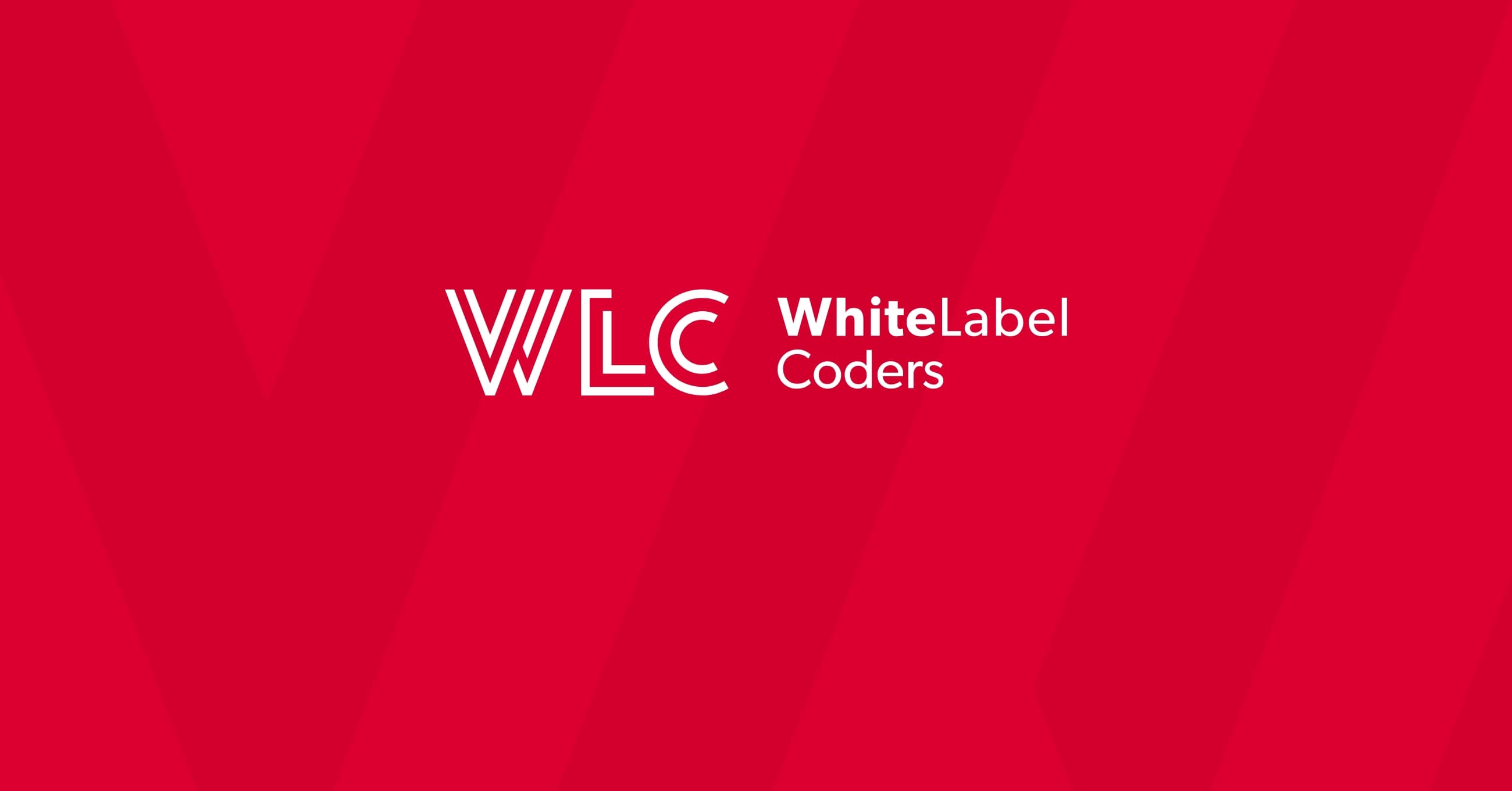Category: SEO AI
What is a multisite in WordPress?

A WordPress multisite is a powerful feature that allows you to run multiple WordPress websites from a single installation. Instead of managing separate WordPress sites individually, multisite enables you to create a network of interconnected sites that share the same core files, themes, and plugins whilst maintaining distinct content and databases. This centralised approach is particularly valuable for organisations managing multiple websites, educational institutions, or businesses requiring consistent branding across various web properties.
Understanding WordPress multisite fundamentals
WordPress multisite transforms a standard WordPress installation into a network capable of hosting multiple websites simultaneously. Rather than installing WordPress separately for each site you want to create, multisite allows you to manage everything from one central dashboard.
Think of it as having one master control panel that oversees several individual websites. Each site in the network maintains its own content, users, and settings, but they all draw from the same pool of themes, plugins, and core WordPress files. This approach significantly reduces server resources and simplifies maintenance tasks.
The multisite feature proves invaluable for businesses operating multiple brands, educational institutions managing department websites, or agencies handling numerous client sites. When you’re building a custom WordPress website that requires multiple related sites, multisite offers an elegant solution that maintains consistency whilst allowing individual customisation.
What is a WordPress multisite network?
A WordPress multisite network is essentially a collection of WordPress websites that operate under one umbrella installation. The network consists of a main site (often called the parent site) and multiple subsites that branch off from it.
Each site within the network functions independently with its own content, users, and administrative settings. However, they all share the same WordPress core files, which means updates, themes, and plugins are managed centrally by the network administrator. This shared infrastructure dramatically reduces the storage space required and streamlines maintenance processes.
The network administrator has supreme control over all sites, including the ability to add new sites, install themes and plugins network-wide, and manage user permissions across the entire network. Individual site administrators can manage their specific sites but cannot install new themes or plugins unless granted permission by the network administrator.
How does WordPress multisite work?
WordPress multisite operates through a sophisticated database structure that keeps each site’s data separate whilst sharing common resources. When you enable multisite, WordPress creates additional database tables to manage the network structure and individual site information.
The system uses a single set of WordPress core files but creates separate database entries for each site’s content, users, and settings. The main site serves as the network hub, whilst subsites are identified either through subdomains or subdirectories, depending on your chosen configuration.
Network administration happens through a special “Network Admin” dashboard that sits above individual site dashboards. From here, you can create new sites, manage network-wide settings, control theme and plugin availability, and oversee user permissions across all sites in the network.
When developing WordPress custom development projects that require multiple interconnected sites, this architecture provides both flexibility and control. Each site can have unique content and design elements whilst maintaining consistent functionality and branding elements across the network.
What is the difference between subdomain and subdirectory multisite?
WordPress multisite offers two primary configuration options: subdomain and subdirectory setups, each serving different purposes and requirements.
Subdomain multisite creates sites that appear as separate subdomains of your main domain. For example, if your main site is example.com, your subsites would appear as site1.example.com, site2.example.com, and so forth. This configuration requires wildcard DNS setup and is ideal when you want each site to feel like a distinct entity whilst maintaining connection to the parent brand.
Subdirectory multisite, conversely, creates sites as folders within your main domain structure. Using the same example, your subsites would appear as example.com/site1, example.com/site2, etc. This setup is generally easier to configure and doesn’t require special DNS settings, making it more accessible for most users.
| Aspect | Subdomain | Subdirectory |
|---|---|---|
| URL Structure | site1.example.com | example.com/site1 |
| DNS Requirements | Wildcard DNS needed | Standard DNS sufficient |
| SEO Considerations | Treated as separate domains | Benefits from main domain authority |
| Setup Complexity | More complex | Simpler configuration |
What are the benefits of using WordPress multisite?
Centralised management stands as the primary advantage of WordPress multisite. Instead of logging into multiple WordPress dashboards, you can oversee all your websites from one location, dramatically reducing administrative overhead.
Cost effectiveness represents another significant benefit. With multisite, you need only one hosting account and one set of WordPress files to run multiple websites. This approach can substantially reduce hosting costs, especially when managing numerous sites.
Updates become remarkably streamlined with multisite. When you update WordPress core, themes, or plugins, the changes apply across the entire network simultaneously. This eliminates the tedious process of updating each site individually and ensures consistent security and functionality across all your web properties.
Resource sharing proves particularly valuable for organisations requiring consistent branding. Themes, plugins, and media files can be shared across the network, ensuring brand consistency whilst allowing individual sites to maintain their unique content and focus.
How do you set up a WordPress multisite network?
Setting up a WordPress multisite network requires several technical steps, beginning with enabling the multisite feature in your WordPress configuration. You’ll need to add specific code to your wp-config.php file to activate the network functionality.
The process starts by adding the line `define(‘WP_ALLOW_MULTISITE’, true);` to your wp-config.php file. Once added, you’ll see a new “Network Setup” option in your WordPress admin dashboard under Tools.
The Network Setup wizard guides you through choosing between subdomain and subdirectory configurations. After making your selection, WordPress provides additional code snippets that you’ll need to add to both your wp-config.php and .htaccess files.
Following these modifications, you’ll need to log back into your WordPress dashboard, where you’ll find the new Network Admin interface. From here, you can begin creating subsites, managing network settings, and configuring themes and plugins for network-wide use.
It’s worth noting that multisite setup can be complex, particularly for those unfamiliar with WordPress file structure. Many organisations opt to work with experienced developers to ensure proper configuration and avoid potential issues.
What are the limitations of WordPress multisite?
WordPress multisite, whilst powerful, comes with several important limitations that you should consider before implementation. Plugin compatibility issues top the list of concerns, as not all WordPress plugins work seamlessly within a multisite environment.
Hosting requirements can be more demanding for multisite installations. Some shared hosting providers don’t support multisite functionality, and those that do may have restrictions on the number of sites you can create or the resources you can consume.
Backup complexity increases significantly with multisite. Creating comprehensive backups becomes more challenging because you’re dealing with multiple sites and databases simultaneously. If one site experiences issues, it can potentially affect the entire network.
Individual site limitations can frustrate site administrators who are accustomed to full WordPress control. In a multisite environment, site administrators cannot install themes or plugins independently, which may limit customisation options for specific sites within the network.
Performance considerations also come into play. If one site in the network experiences high traffic or resource usage, it can impact the performance of other sites sharing the same installation.
Key takeaways for WordPress multisite implementation
WordPress multisite represents an excellent solution for organisations managing multiple related websites, but it’s not suitable for every situation. The decision to implement multisite should be based on your specific needs, technical capabilities, and long-term goals.
Consider multisite when you need centralised management, consistent branding across multiple sites, or cost-effective hosting for numerous web properties. It’s particularly valuable for educational institutions, large corporations with multiple divisions, or agencies managing client websites.
However, opt for separate WordPress installations when you need maximum flexibility, plan to use plugins that aren’t multisite-compatible, or when different sites have vastly different hosting requirements.
Successful multisite implementation requires careful planning, proper hosting infrastructure, and ongoing maintenance expertise. Whether you’re building a network from scratch or considering converting existing sites, thorough preparation and professional guidance can make the difference between a seamless multisite experience and ongoing technical challenges.
Remember that multisite is a powerful tool that, when properly implemented and managed, can significantly streamline your WordPress website management whilst providing the flexibility and control needed for complex web projects.

